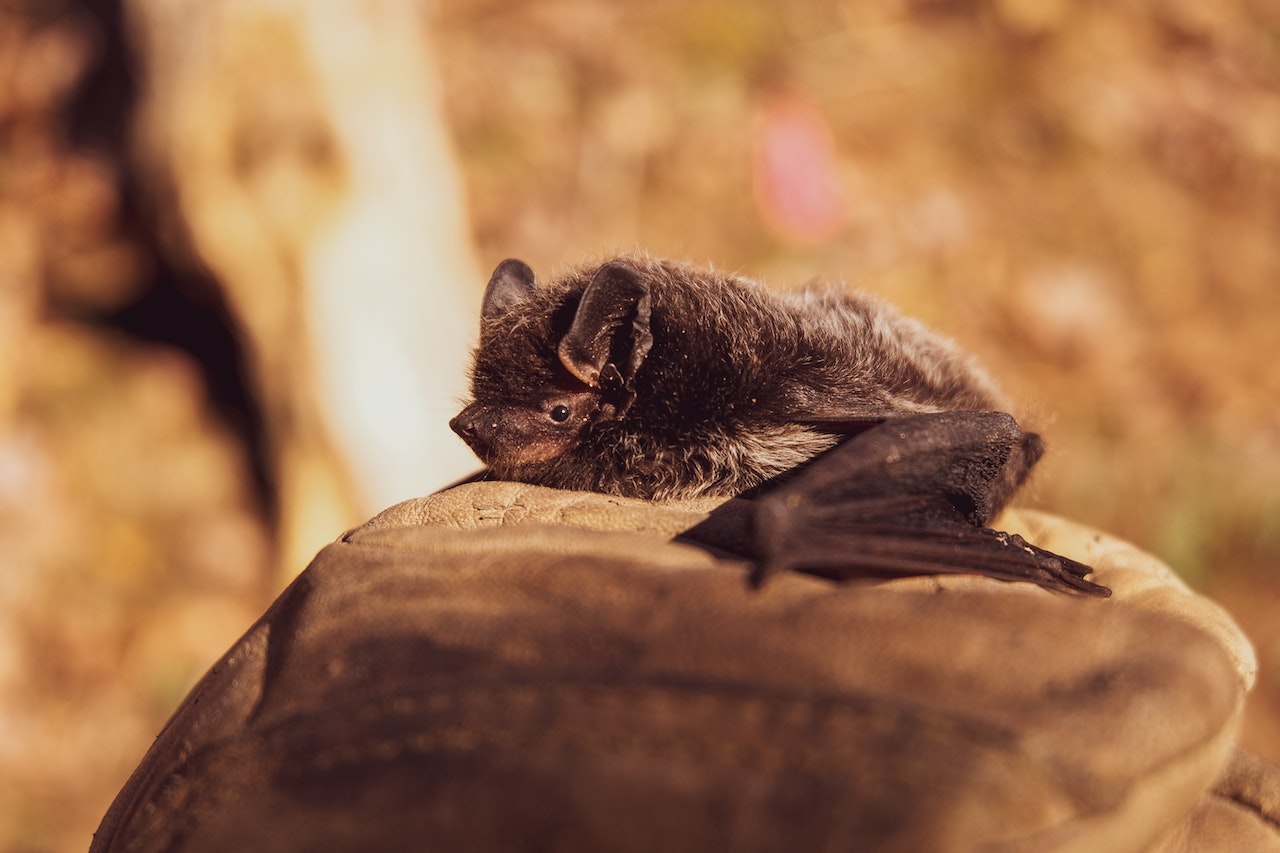The Silent Hunters: Why Owl Boxes and Bat Boxes Shouldn't Mix

When dusk falls and the world quiets down, two groups of night-time vigilantes take to the skies - owls and bats. Both are champions of our ecosystems, serving as natural pest control and playing pivotal roles in maintaining the balance of nature. Conservationists have long celebrated these nocturnal predators by installing owl and bat boxes, a gesture to provide them with safe havens. However, while both species are beneficial, combining their habitats in close proximity can lead to unintended consequences. Let's dive into the details and find out why.
Understanding Owl and Bat Ecology
Owls: The Silent Nocturnal Predators
Owls are the stealth bombers of the night sky, silently swooping down on unsuspecting prey. These magnificent birds control pest populations, naturally curbing the numbers of mice, rats, and other small rodents. When setting up owl boxes, it's essential to know which species you're inviting into your backyard. Each has its unique hunting style and habitat preference.
Bats: The Nighttime Insect Controllers
Bats, on the other hand, are the unsung heroes of the night, consuming thousands of insects, including mosquitoes, in a single night. Beyond pest control, certain species play critical roles in pollination and seed dispersal, essential processes for ecosystem health and regeneration. Bat boxes have become vital in providing roosting spots, especially for species affected by habitat loss.
The Benefits of Owl and Bat Boxes
These silent hunters offer us free pest control services, significantly reducing the need for chemical pesticides. Furthermore, owl and bat boxes serve as excellent educational tools, fostering community involvement and raising awareness about the importance of these predators in our ecosystems.
Why Owl Boxes and Bat Boxes Shouldn't Mix
Introducing owl and bat boxes into the same vicinity might seem like a good idea, but it can lead to several problems:
Dietary Overlaps and Competition
Despite their differences, owls and bats can compete for food, leading to a decrease in the availability of essential resources for both species.
Predation Risks
Owls, being larger predators, can pose a significant threat to bats, preying upon them. This natural enemy-of-bats relationship introduces a dangerous dynamic when both are encouraged to inhabit the same space.
Disease Transmission
Close quarters can lead to the spread of diseases between species, a risk that increases with proximity.
Behavioral Disturbances
The distinct nesting and hunting behaviors of owls and bats can lead to conflicts, disrupting the natural behavior patterns essential for their survival.
Best Practices for Installing Owl and Bat Boxes
Location, Location, Location
Ensuring a significant distance between owl and bat boxes minimizes conflicts, allowing both species to thrive without interference.
Habitat Considerations
Selecting the appropriate environment for each box, based on the specific needs of the species, is crucial for their successful cohabitation in the broader ecosystem.
Monitoring and Maintenance
Regular checks are essential to ensure the health of the resident populations and the cleanliness of the boxes, preventing the spread of disease.
Conclusion
While owls and bats are invaluable allies in our quest for a balanced ecosystem, their cohabitation requires careful consideration. By respecting their unique needs and natural behaviors, we can support both species in their roles as natural pest controllers. We invite you to join the conservation effort by installing your own owl or bat boxes — just remember to keep a respectful distance between them.
Want to make a difference? Learn more about how to set up and maintain owl and bat boxes correctly. Your efforts can support these incredible creatures and contribute to local wildlife conservation. Every box counts, and with the right knowledge, we can all play a part in supporting the silent hunters of the night.
FAQs: Owl and Bat Boxes
Why shouldn't owl and bat boxes be placed close together?
Placing them too close can lead to food competition, risk of predation (owls preying on bats), disease transmission, and behavioral disturbances due to their different living requirements.
How far apart should owl and bat boxes be placed?
While there's no one-size-fits-all answer, a good rule of thumb is to place them at least 30 to 50 feet apart, depending on the species and local ecosystem.
Can owls and bats share the same food sources without issues?
While they may share some food sources like insects, the presence of both in close proximity can lead to competition for food, which could negatively impact both species.
Are there any benefits to having both owl and bat boxes?
Yes! Both types of boxes encourage biodiversity by supporting local owl and bat populations, which play crucial roles in pest control and maintaining the health of ecosystems.
What should I consider when choosing locations for owl and bat boxes?
Consider the habitat preferences and needs of each species. Owls prefer open areas for hunting, while bats need spaces that allow them to fly freely and are close to water bodies or forests.
What should I do if I suspect a conflict between owls and bats on my property?
If you notice signs of conflict between owls and bats, such as decreased bat activity around bat boxes or evidence of owl predation, consider relocating owl boxes to areas away from bat roosting sites.


